I found myself in a city I never expected to end up in — Székesfehérvár. In Hungarian history the city is very significant, because székes is essentially “royal seat.” This is where the coronations of 38 Hungarian kings and queens took place. In Soviet history it’s notable too, because it’s in Székesfehérvár that the “killer of Viktor Tsoi” was born — the famous Ikarus bus.
In my own life the city appeared because of antidepressants — somehow venlafaxine couldn’t be ordered online anywhere in Budapest. “When life gives you lemons, make lemonade,” I thought, and decided to go for the pills to a neighboring city. And a city with history, at that. From my visit to Esztergom I knew that four hours would be more than enough for a small city of a hundred thousand.
When I left the train station, the first thing I did was head to the pharmacy — which turned out to be not at all close to the station. In fact, it was practically outside the city limits.
So I had a full hour’s walk, and to be honest, I imagined Székesfehérvár differently.
The city made me feel like I’d slipped into an alternative reality — as if the 1990s in Russia hadn’t been so crisis-ridden, and my native Yekaterinburg looked just a bit better kept in some districts. There’s a lot of low-rise housing interspersed with Khrushchyovkas and Brezhnev-era blocks. But none of it feels depressive, neglected, or run-down. In Russia, rising incomes in the 2000s didn’t lead to bringing older buildings into a decent state; instead we rapidly built new ones — all those glass high-rises. That’s why I remember my hometown either with wooden barracks on their last legs, or already with business centers, steakhouses, and the “good life.”
And I’ll be honest: I liked what I saw.
I tried to capture this suburban aesthetic — you’ll find it in the photos below.
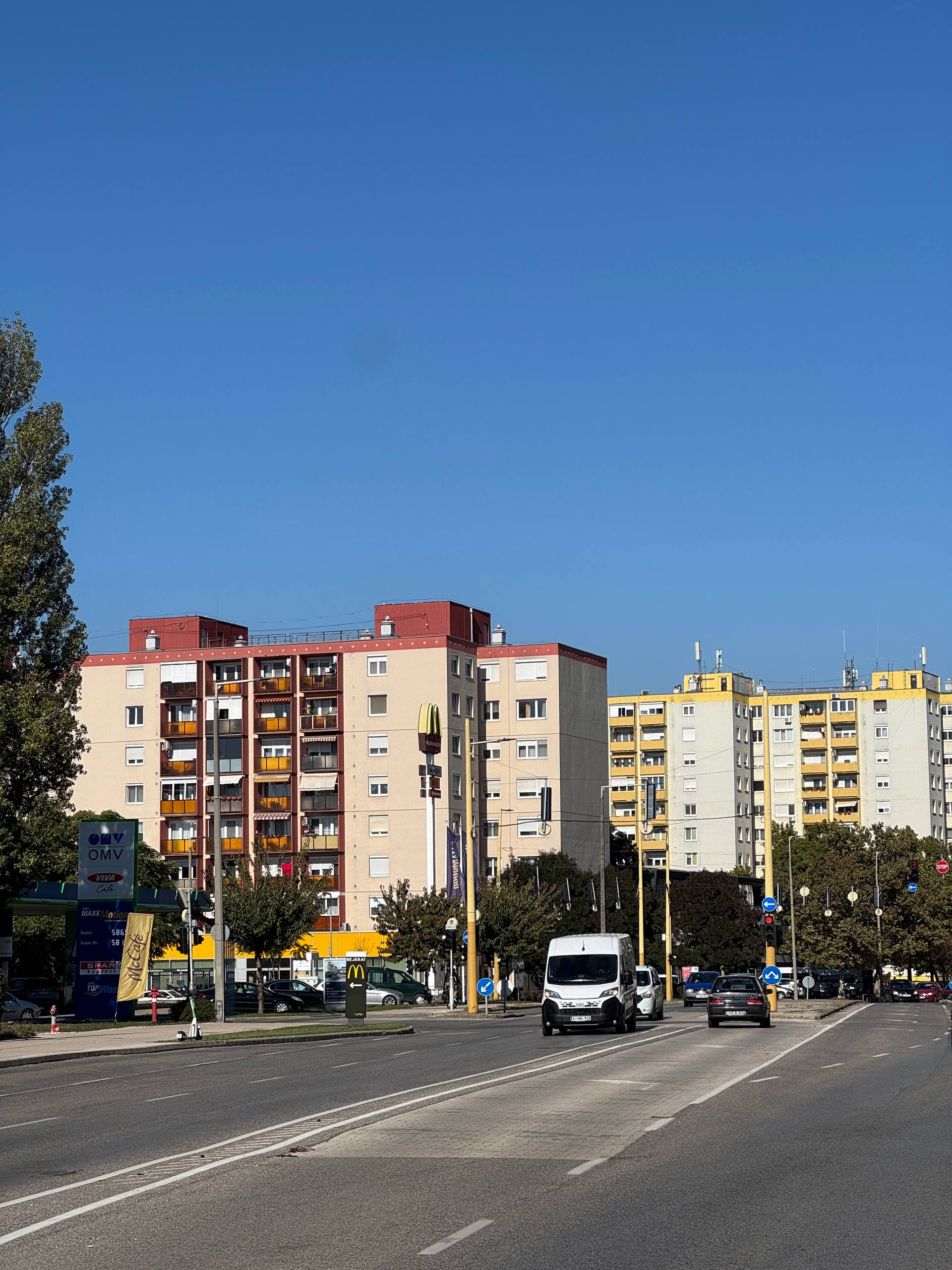
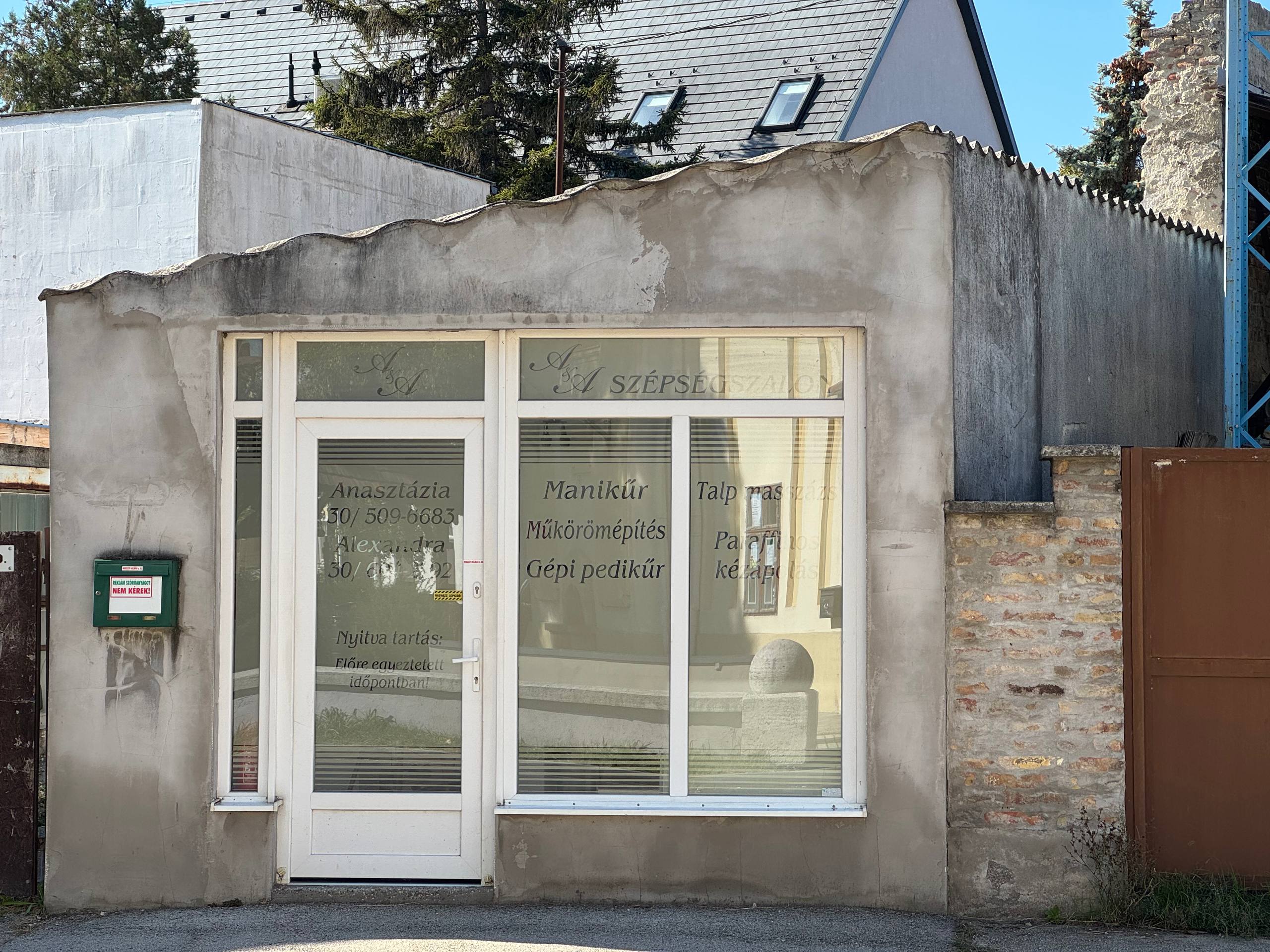
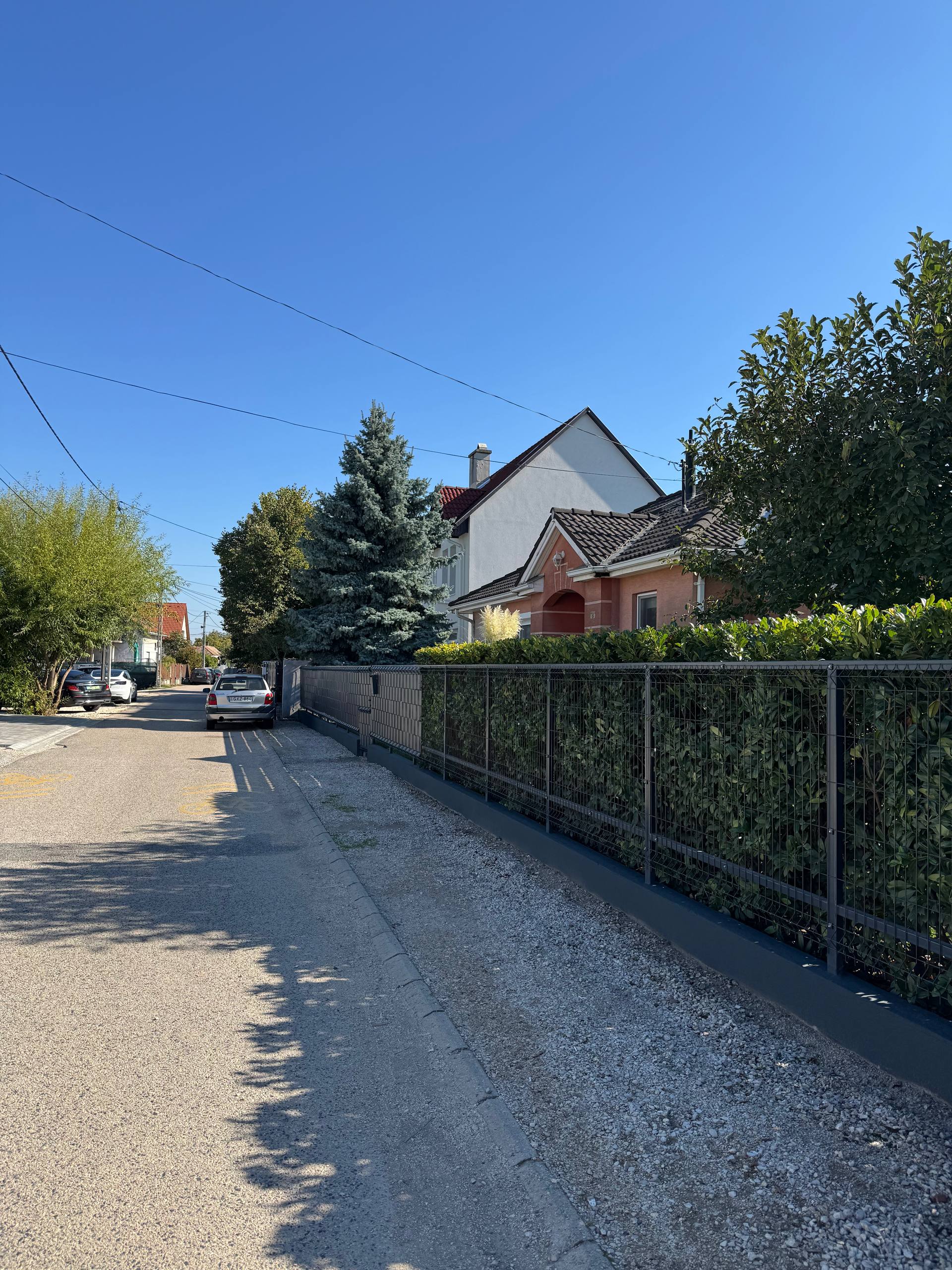
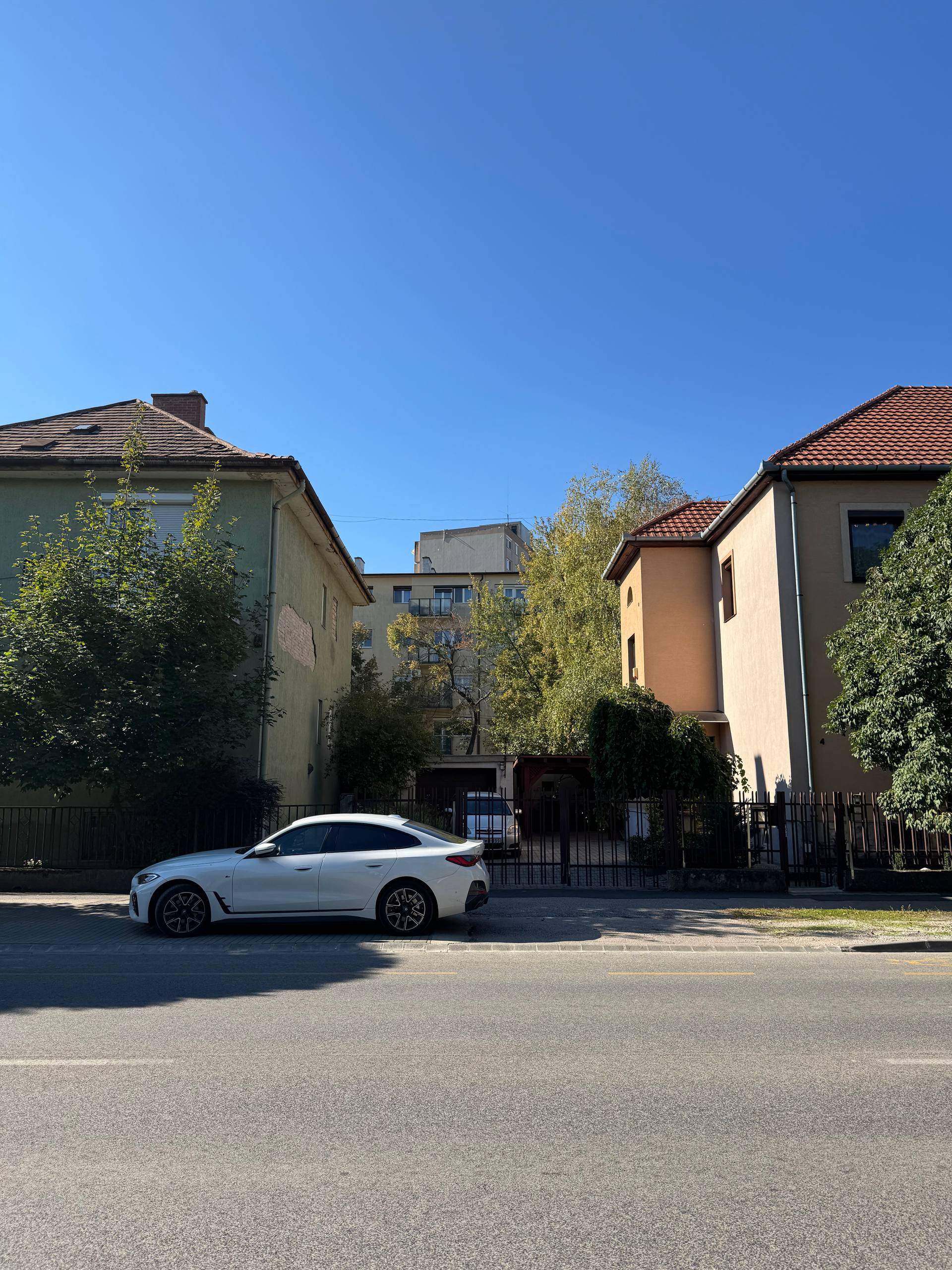
That’s how my hour or so went. I reached the edge of the city. I saw a murmuration of birds, got barked at by dogs, and photographed a cat through the fence guarding someone’s private property.
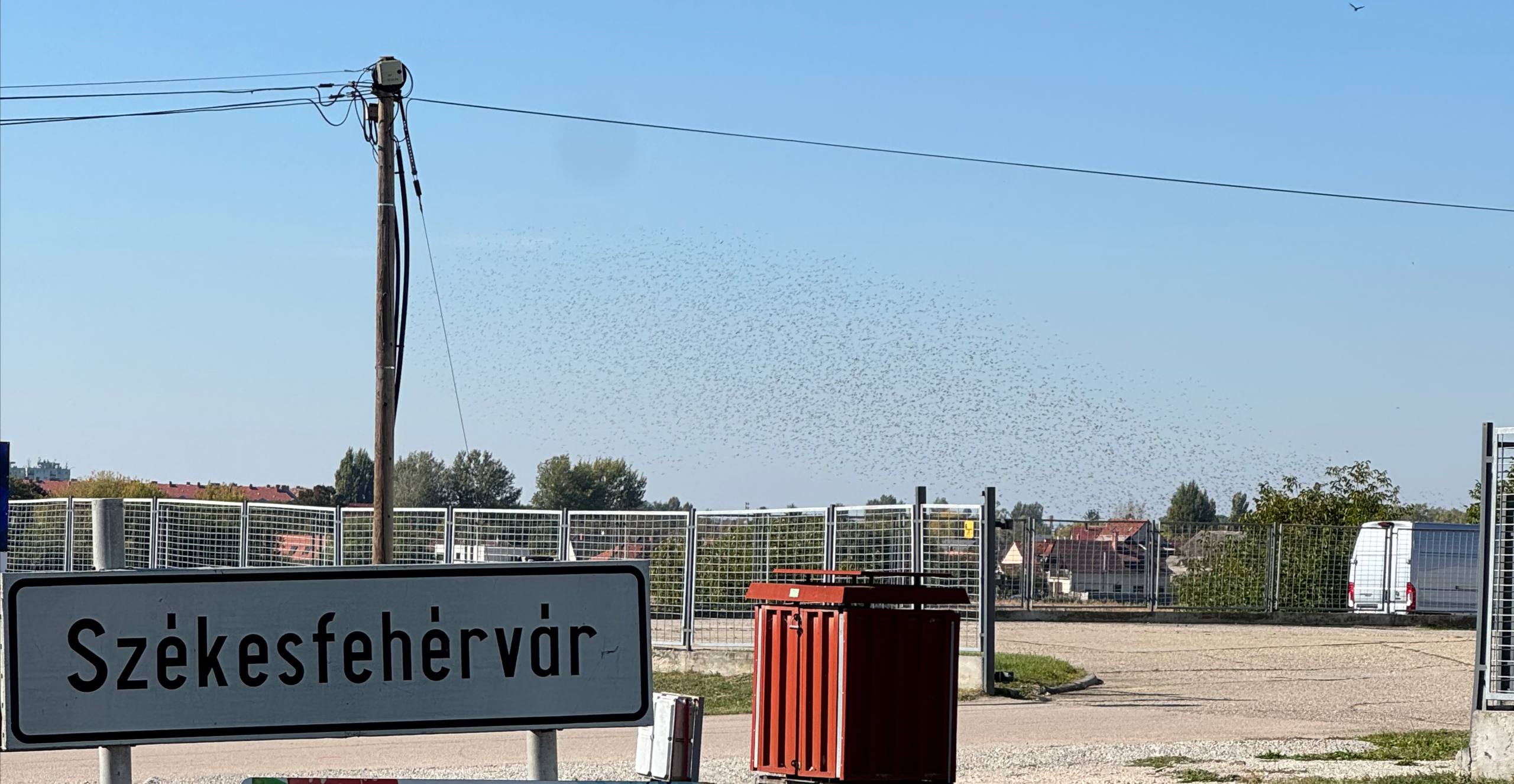
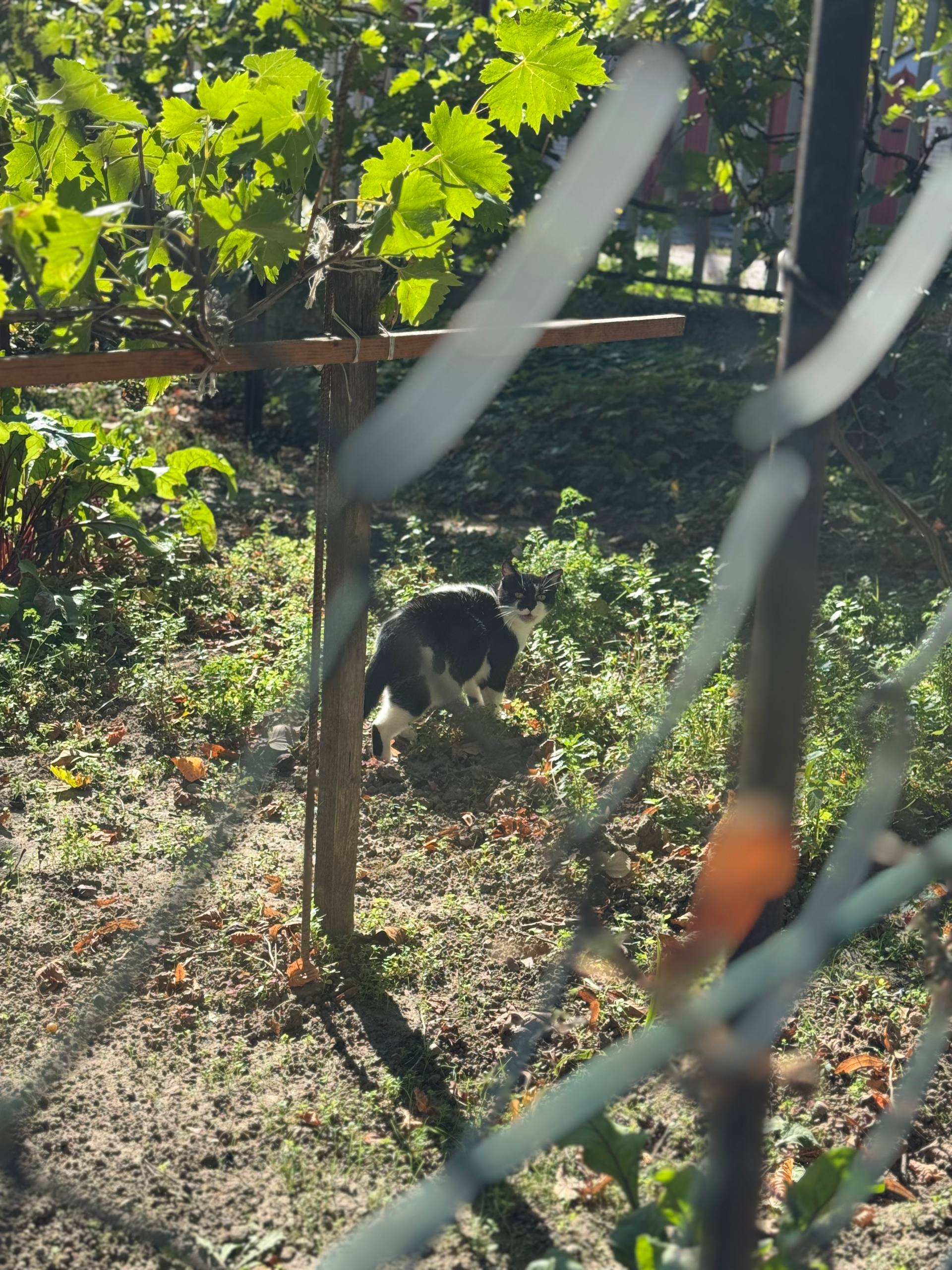
I went into the mall where my pharmacy was — and was surprised by the line.
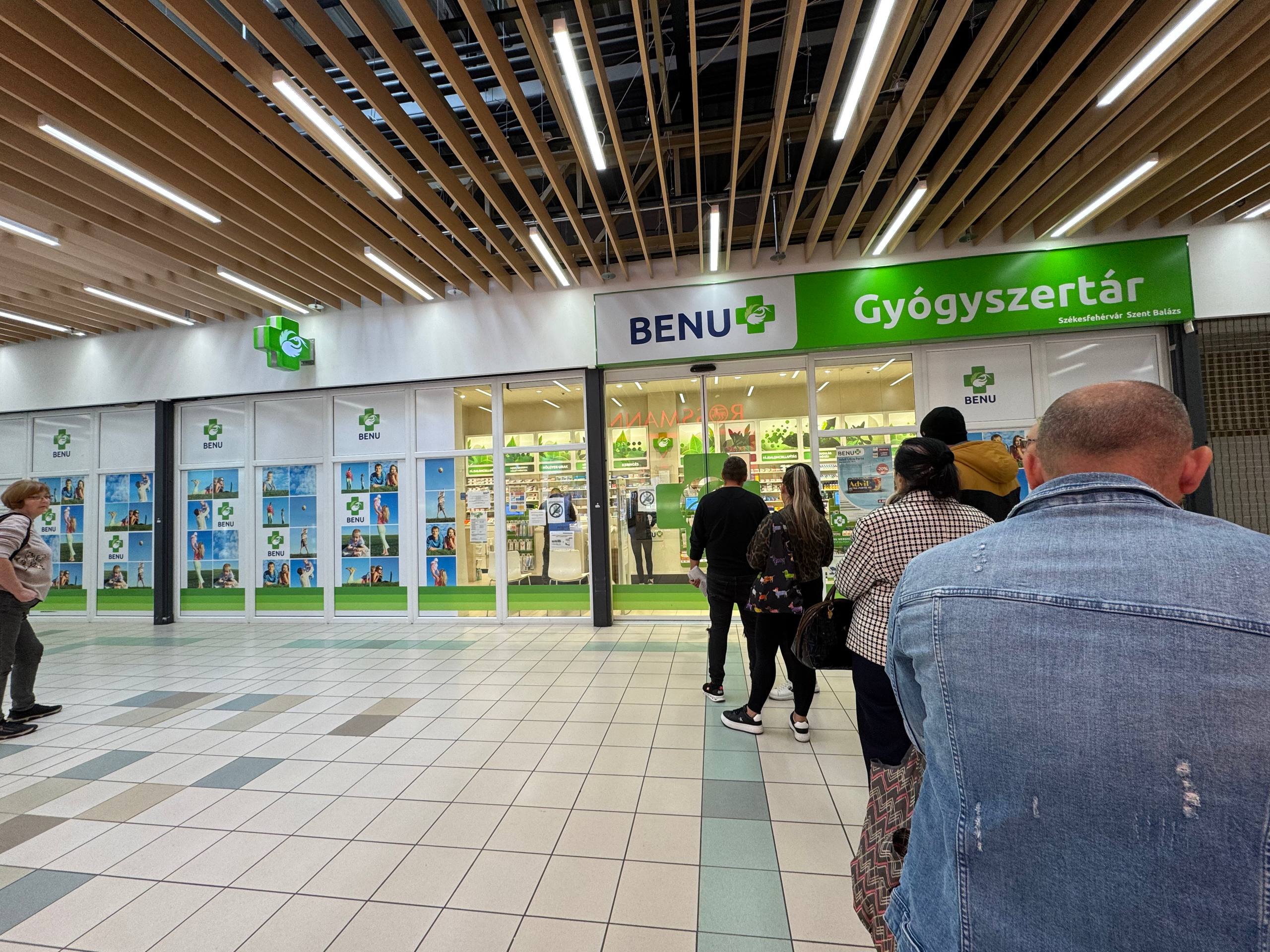
On the way back I took a slightly different route — and met another kitty.
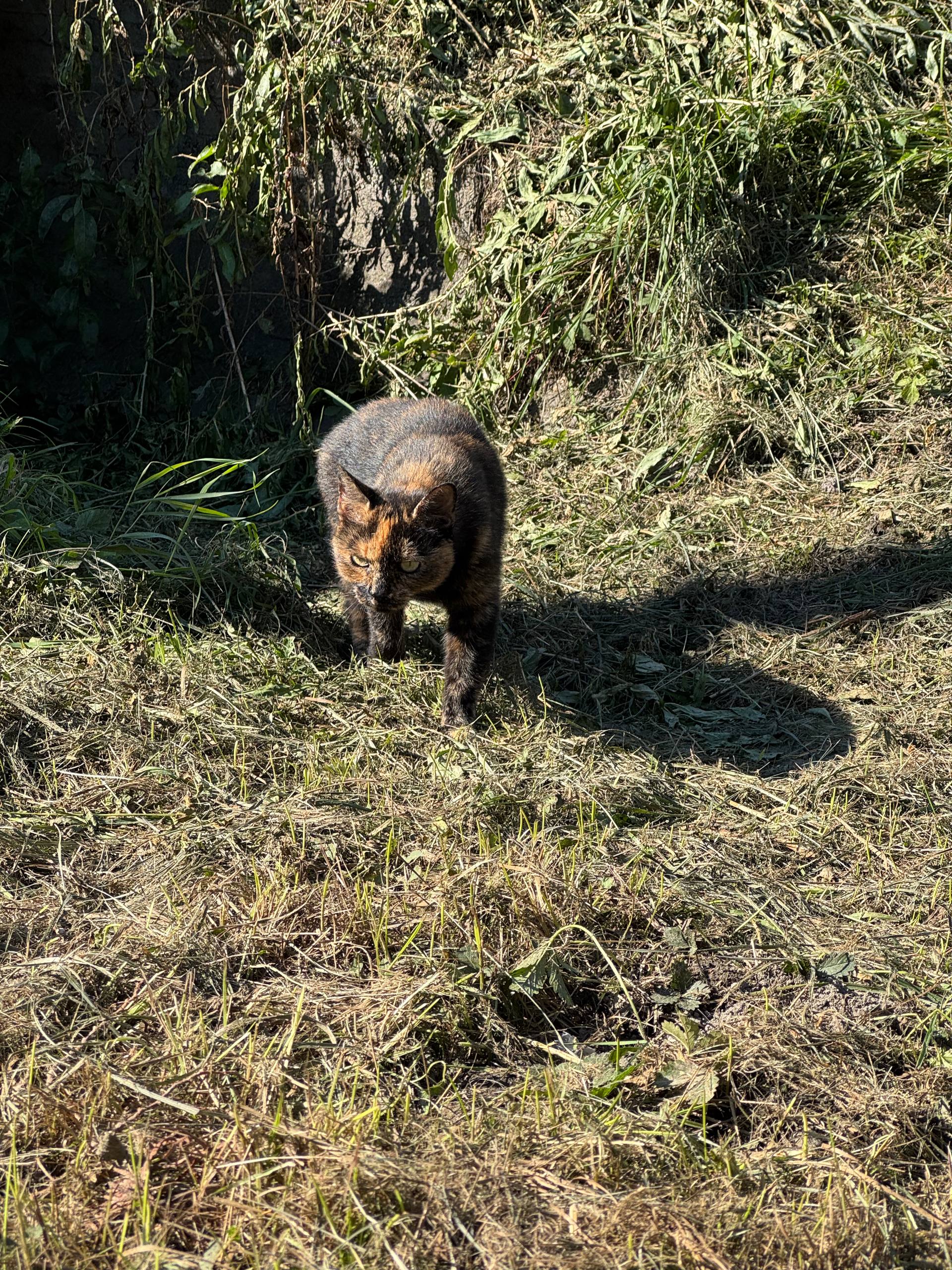
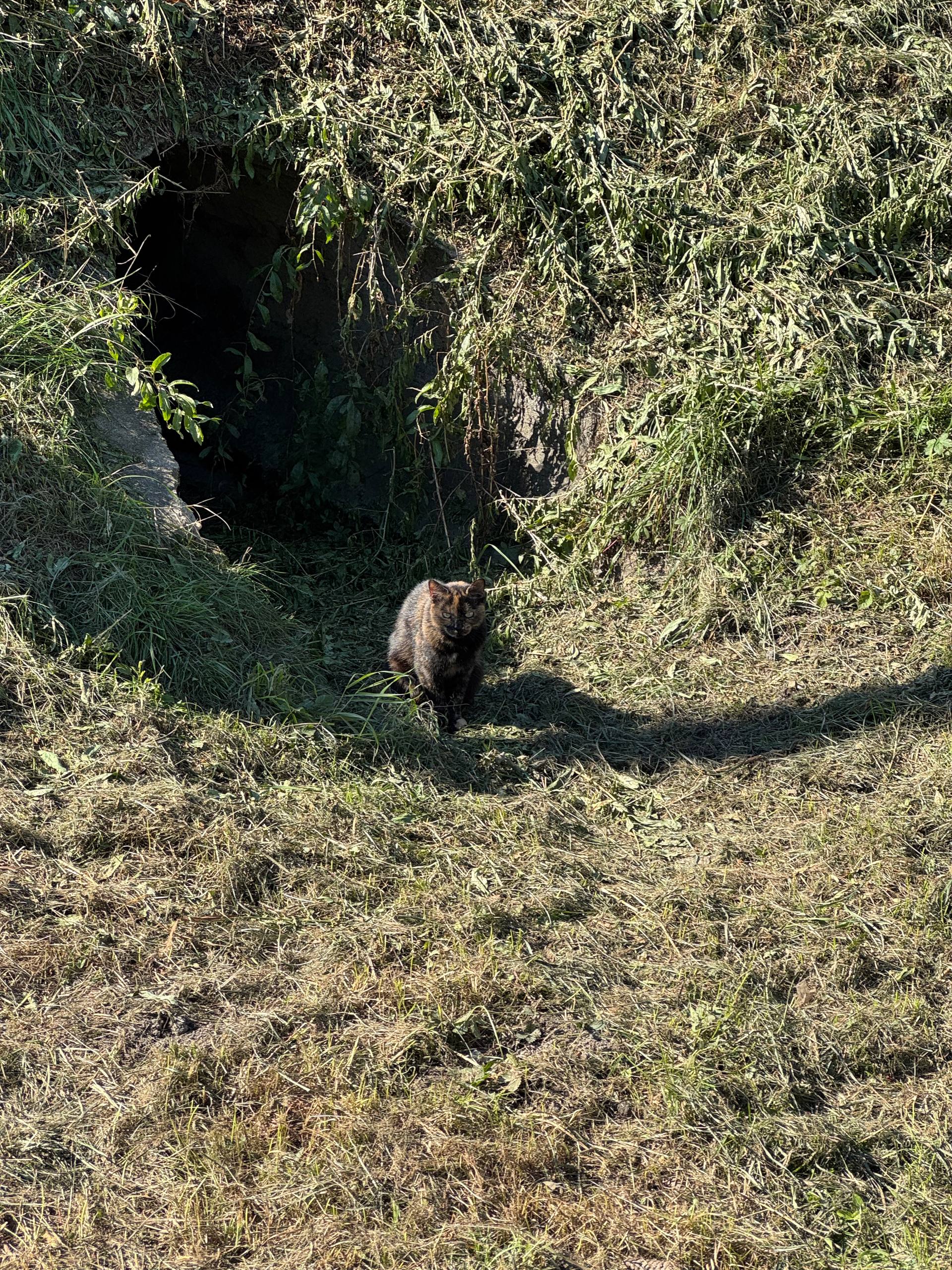
And finally, I almost accidentally ended up in the city’s historic center — and that was exactly how I imagined Székesfehérvár when I set out. Narrow central streets, and of course, lots of beautiful, wealthy churches.
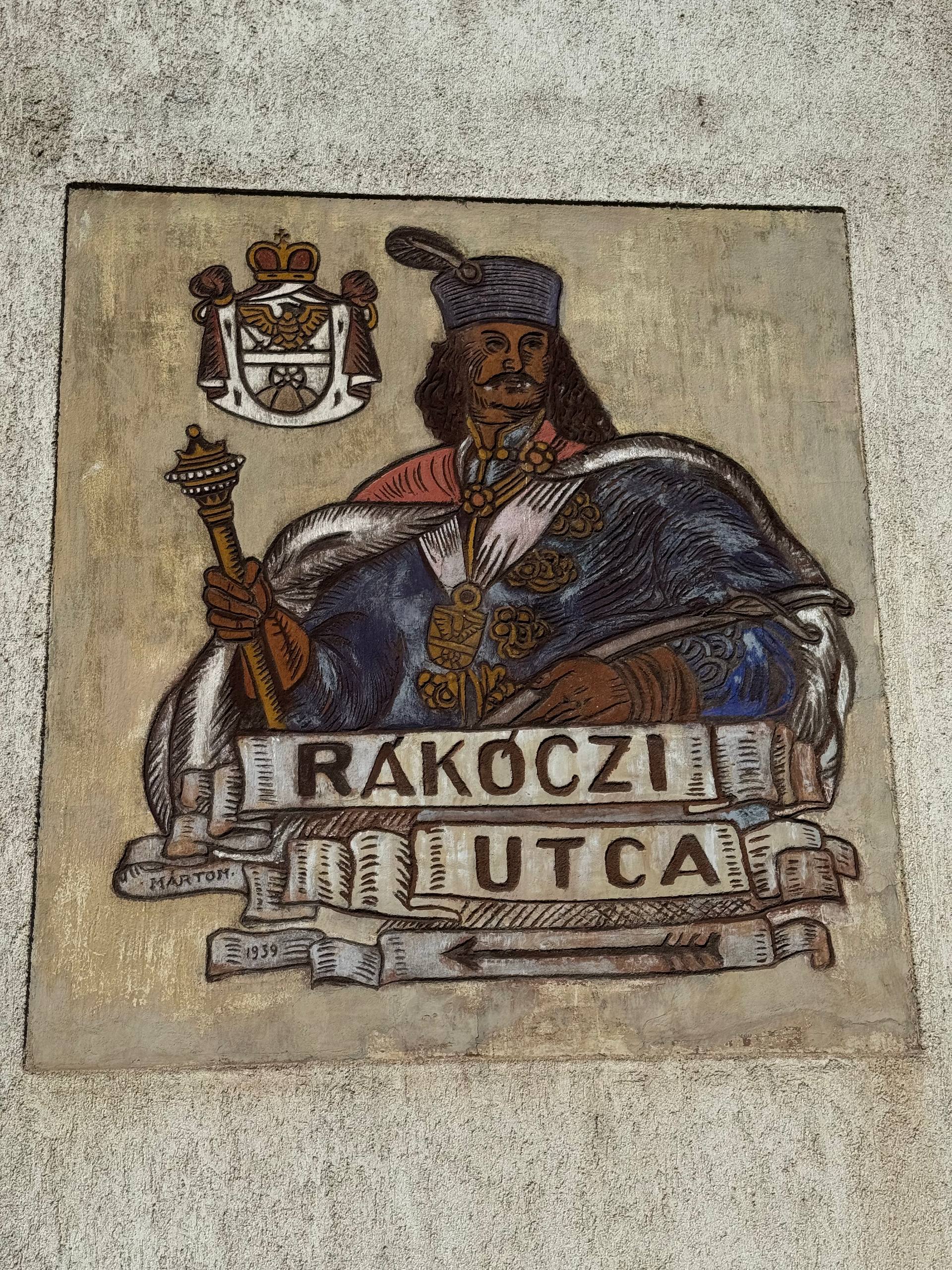
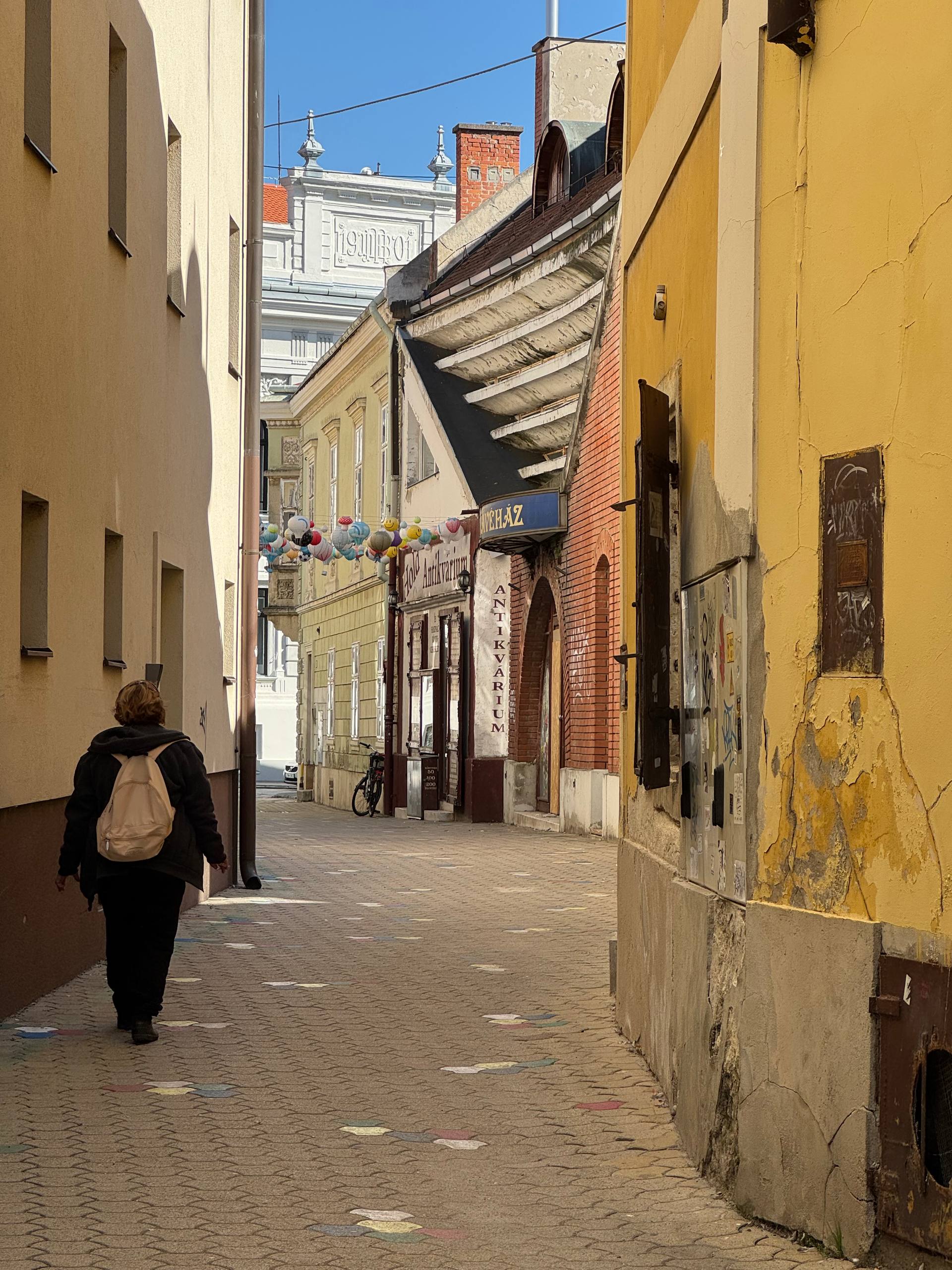
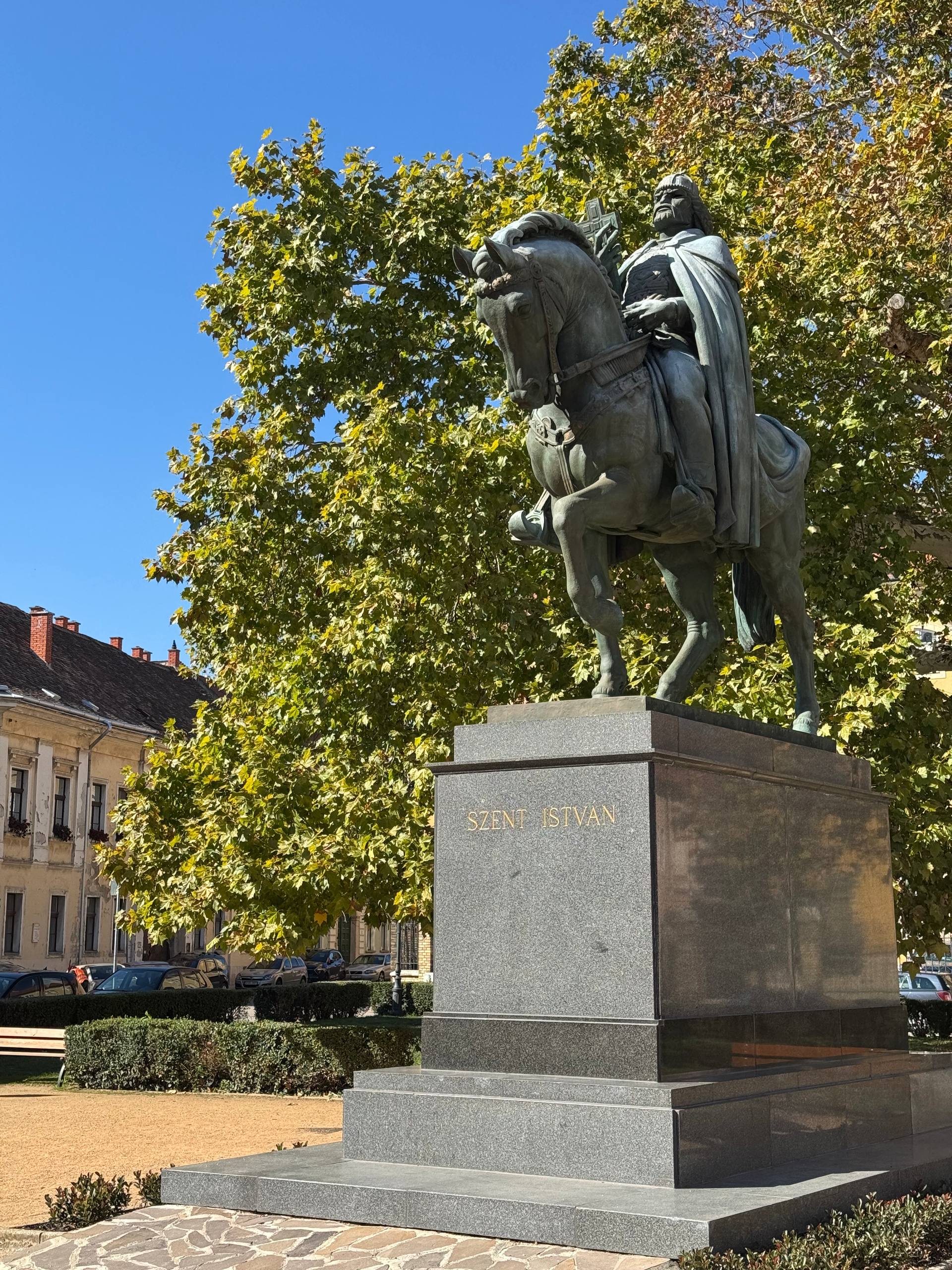
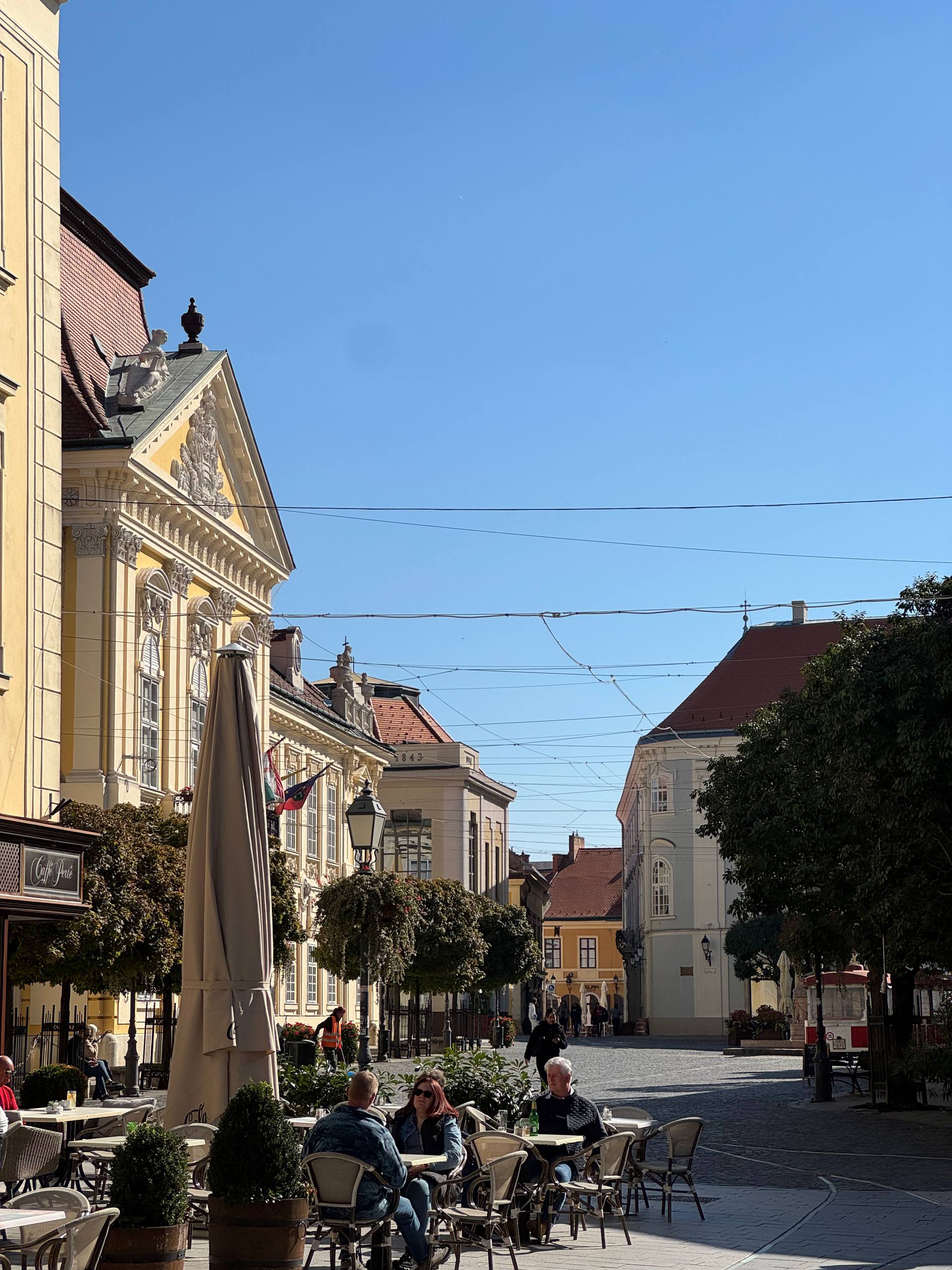
I especially liked the ruin garden — the site of the basilica built here in the 12th century. During the Ottoman occupation it was replaced by a mosque. In the 17th century it was destroyed completely, but the place was preserved, because this was the basilica where assemblies of Hungarian kings and queens were held.
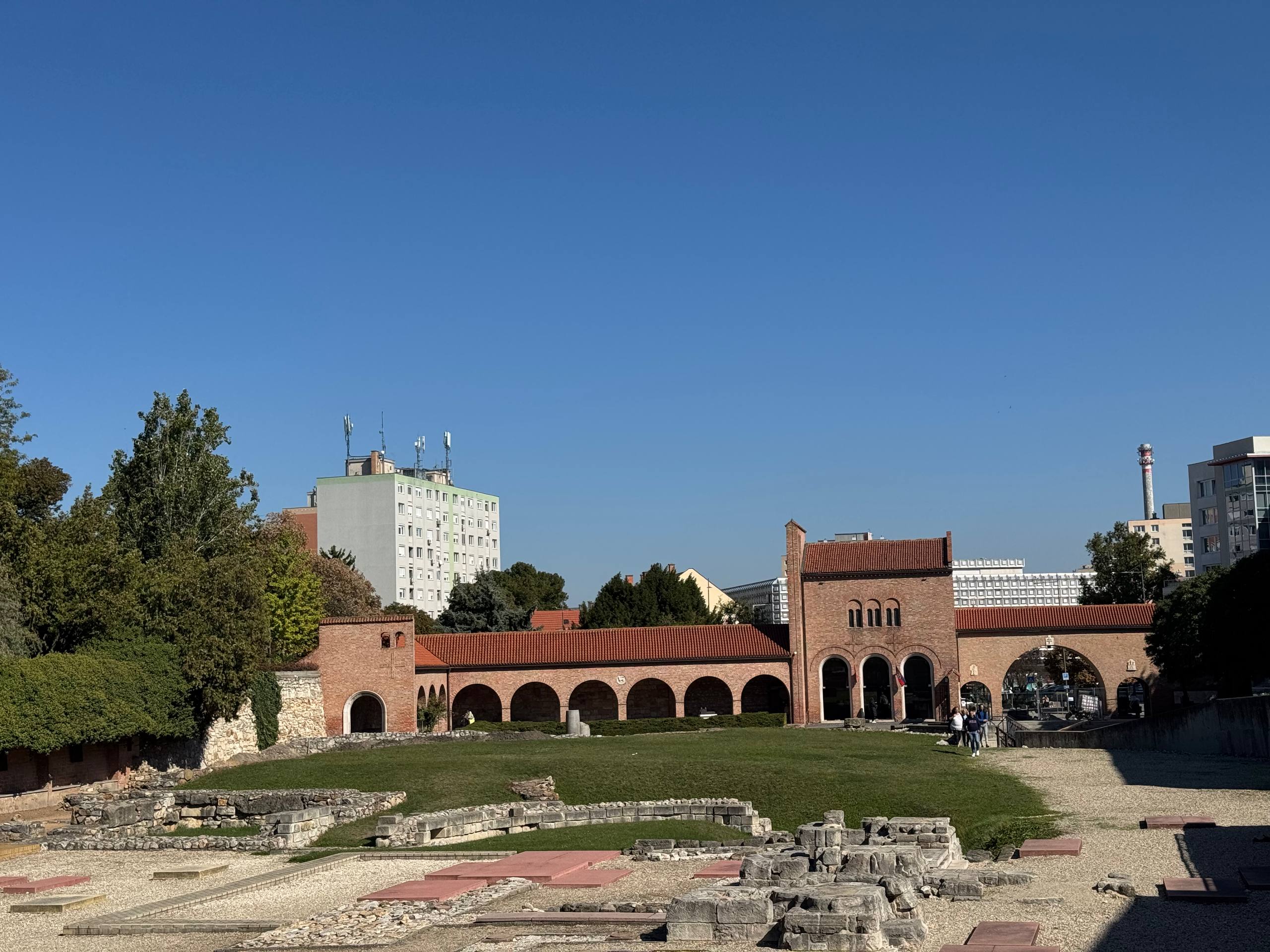
This place literally breathes history. It wonderfully combines the part of the city that carries the breath of the past with the measured pace of the present.
I don’t think Székesfehérvár is likely to be of great interest to a foreign tourist, so I’m glad to tell you about it here in Russian and English. It’s a city worthy of a visit — but most likely you won’t have enough time in Hungary to fit it into your trip.